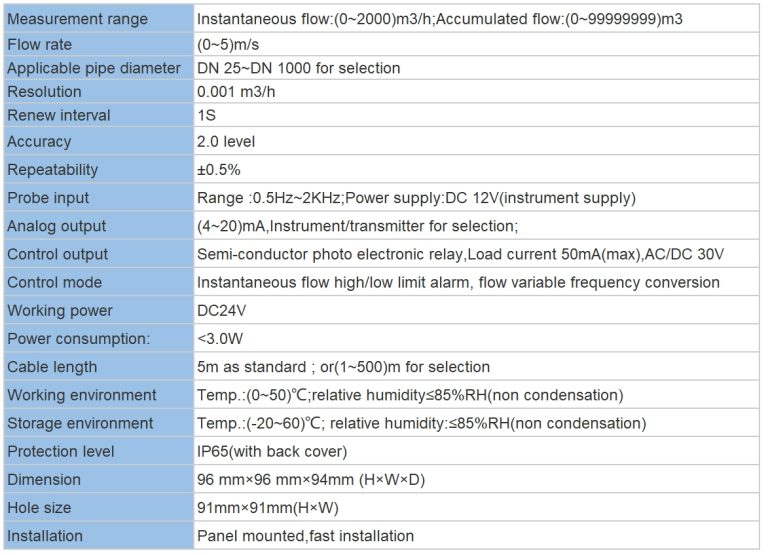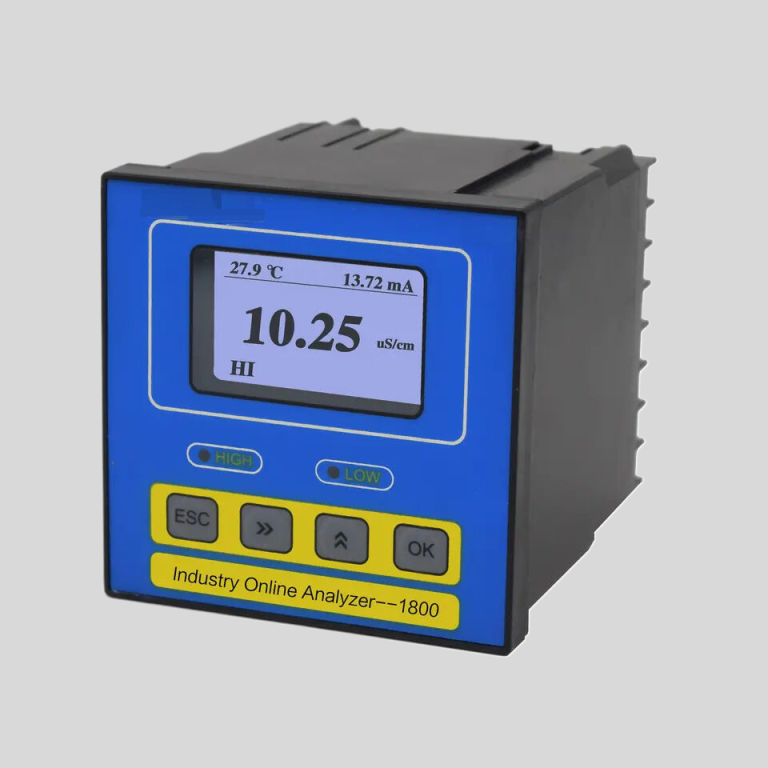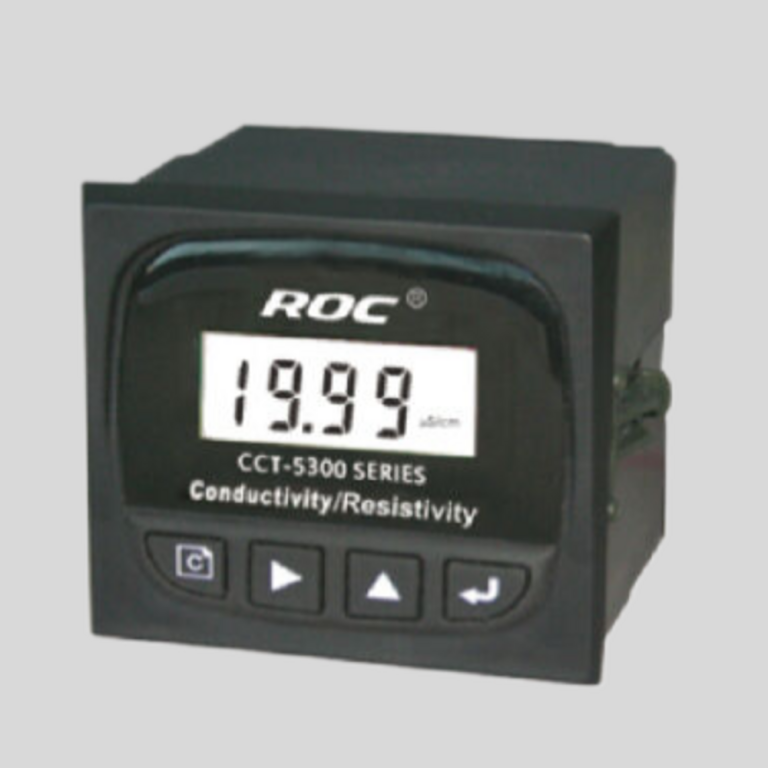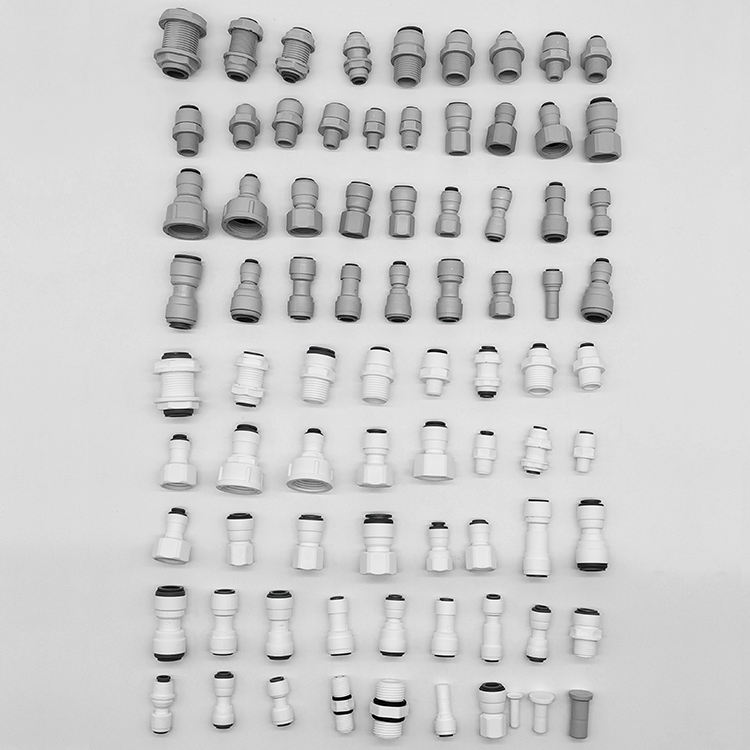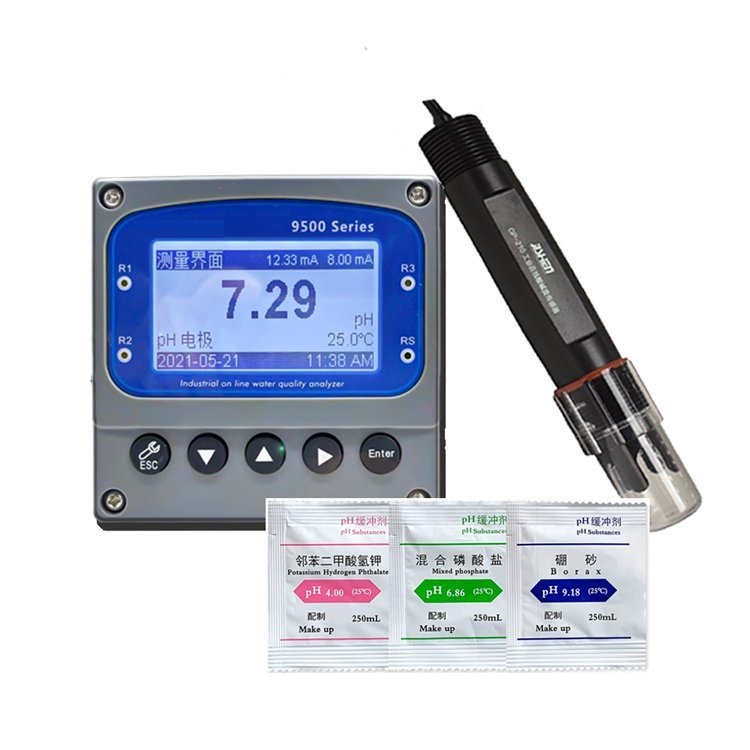Table of Contents
Benefits of Using a ph meter for Home Gardening
Maintaining the proper pH levels in your soil is crucial for the health and growth of your plants. pH meters are essential tools for home gardeners to accurately measure the acidity or alkalinity of their soil. These meters come with a probe that is inserted into the soil to provide an instant reading of the pH level. In this article, we will discuss the benefits of using a ph meter and probe for home gardening.
One of the main advantages of using a ph meter is that it allows you to monitor the pH levels of your soil regularly. By keeping track of the pH levels, you can make adjustments to ensure that your plants are getting the nutrients they need to thrive. pH meters are easy to use and provide accurate readings, making it simple for even novice gardeners to maintain the proper pH levels in their soil.

Another benefit of using a ph meter is that it helps you avoid over-fertilizing your plants. When the pH levels in your soil are too high or too low, it can prevent your plants from absorbing essential nutrients from the soil. By using a ph meter to monitor the acidity or alkalinity of your soil, you can adjust your fertilization routine to ensure that your plants are getting the nutrients they need to grow healthy and strong.
pH meters are also useful for diagnosing plant problems. If your plants are not growing as well as they should be, it could be due to imbalanced pH levels in the soil. By using a ph meter to test the soil, you can quickly identify any issues and take steps to correct them. This can help you save time and money by preventing plant problems before they become severe.
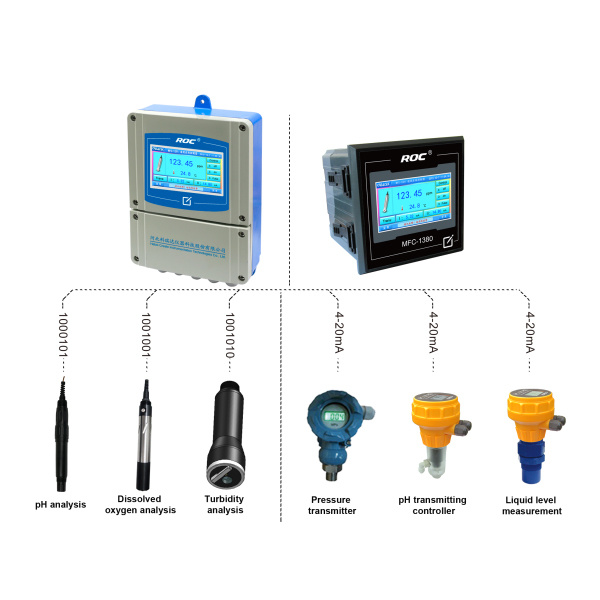
In addition to helping you maintain the proper pH levels in your soil, pH meters can also save you money in the long run. By accurately measuring the pH levels of your soil, you can avoid wasting money on unnecessary fertilizers or soil amendments. Instead, you can focus on providing your plants with the nutrients they need to thrive, leading to healthier and more productive plants.
Using a ph meter and probe for home gardening is a simple and effective way to ensure that your plants are getting the nutrients they need to grow. By monitoring the pH levels of your soil regularly, you can avoid over-fertilizing your plants, diagnose plant problems, and save money on unnecessary fertilizers. pH meters are essential tools for any home gardener looking to maintain a healthy and thriving garden.
| Model | CCT-5300E series Conductivity/Resistivity/TDS Online Controller |
| Constant | 0.01cm-1, 0.1 cm-1, 1.0cm-1, 10.0 cm-1 |
| Conductivity | (0.5~20,000)uS/cm,(0.5~2,000)uS/cm, (0.5~200)uS/cm, (0.05~18.25)MQ·cm |
| TDS | (0.25~10,000)ppm, (0.25~1,000)ppm, (0.25~100)ppm |
| Medium Temp. | (0~50)℃(Temp.Compensation: NTC10K) |
| Accuracy | Conductivity: 1.5%(FS), Resistivity:2.0%(FS), TDS: 1.5%(FS), Temp.: +/-0.5℃ |
| Temp. compensation | (0-50)°C (with 25℃ as Standard) |
| Cable length | ≤20m(MAX) |
| mA output | Isolated, transportable (4~20)mA, Instrument / Transmitter for selection |
| Control Output | relay contact: ON/OFF, Load capacity: AC 230V/5A(Max) |
| Working Environment | Temp.(0~50)℃;Relative Humidity ≤85%RH (none condensation) |
| Storage Environment | Temp.(-20~60)℃;Relative Humidity ≤85%RH (none condensation) |
| Power Supply | CCT-5300E: DC 24V; CCT-5320E: AC 220V |
| Dimension | 96mmx96mmx105mm(HxWxD) |
| Hole Size | 91mmx91mm(HxW) |
| Installation | Panel mounted, fast installation |
In conclusion, pH meters and probes are valuable tools for home gardeners to monitor and maintain the pH levels of their soil. By using a ph meter, you can ensure that your plants are getting the nutrients they need to grow healthy and strong. pH meters are easy to use, accurate, and can help you avoid over-fertilizing your plants. Investing in a ph meter and probe for your home garden is a wise decision that will benefit your plants and your wallet in the long run.
How to Properly Calibrate and Maintain Your pH Probe for Accurate Readings
A ph meter and probe are essential tools for anyone working in a laboratory setting or conducting experiments that require precise pH measurements. These devices are used to measure the acidity or alkalinity of a solution, which is crucial for a wide range of scientific applications. To ensure accurate readings, it is important to properly calibrate and maintain your pH probe.
Calibrating your pH probe is the first step in ensuring accurate readings. Calibration involves adjusting the probe to accurately measure the pH of a solution. To calibrate your pH probe, you will need calibration solutions with known pH values. It is recommended to use at least two calibration solutions, one with a pH value close to the expected pH of your samples and another with a pH value on the opposite end of the scale.
| Model | pH/ORP-8500A pH/ORP Online Meter |
| Range | pH:0.00~14.00 ; ORP:(-1999~+1999)mV; Temp.:(0.0~100.0)°C (Temp.Compensation: NTC10K) |
| Resolution | pH:0.01 ; ORP: 1mV; Temp.:0.1°C |
| Accuracy | pH:+/-0.1 ; ORP: +/-5mV(electronic unit); Temp.: +/-0.5°C |
| Temp. compensation | NTC10K Temperature compensation |
| Medium Temp. | (0~80)°C |
| Analog output | Double channels isolated; transportable(4~20)mA, instruments/ transmitter mode |
| Control Output | Triple channels semiconductor photoelectric switch, load current: AC/DC 30V, 50mA(max) |
| Communication port | RS485,Modbus RTU protocol |
| Working Environment | Temp.(0~80)℃; relative humidity <95%RH (non-condensing) |
| Storage Environment | Temp.(-20~60)℃;Relative Humidity ≤85%RH (none condensation) |
| Power Supply | DC 24V |
| Power consumption | <3W |
| Protection level | IP65 (with back cover) |
| Dimension | 96mmx96mmx94mm(HxWxD) |
| Hole Size | 91mmx91mm(HxW) |
To calibrate your pH probe, start by rinsing the probe with distilled water to remove any residue. Then, immerse the probe in the first calibration solution and allow it to stabilize. Adjust the calibration settings on your ph meter until the reading matches the known pH value of the calibration solution. Repeat this process with the second calibration solution to ensure accuracy across the entire pH scale.
After calibrating your pH probe, it is important to properly maintain it to ensure accurate and reliable readings. Regular maintenance includes cleaning the probe after each use to remove any residue or contaminants that may affect its performance. Use a soft brush or cloth to gently clean the probe and rinse it with distilled water.
In addition to cleaning, it is important to store your pH probe properly when not in use. Store the probe in a storage solution or a pH buffer solution to keep it hydrated and prevent it from drying out. Avoid storing the probe in distilled water or deionized water, as this can cause the probe to become dehydrated and affect its performance.
Regularly inspecting your pH probe for signs of damage or wear is also important for maintaining accuracy. Check for any cracks, chips, or other damage to the probe that may affect its performance. If you notice any damage, replace the probe immediately to ensure accurate readings.
In conclusion, properly calibrating and maintaining your pH probe is essential for accurate pH measurements. By following these steps, you can ensure that your pH probe provides reliable and consistent readings for your experiments and research. Remember to calibrate your probe regularly, clean it after each use, store it properly, and inspect it for damage to maintain accuracy and reliability. With proper care and maintenance, your pH probe will continue to provide accurate readings for years to come.

